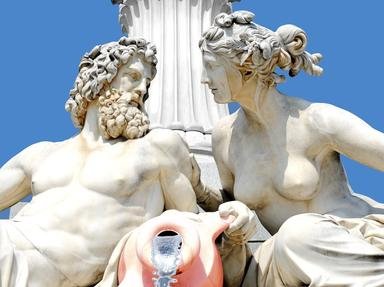Quiz Answer Key and Fun Facts
1. In Australian Aboriginal culture every living thing is connected to this goddess by a single thread.
2. This goddess of the Incan civilisation was believed to live under the Andes and earthquakes were believed to be her shivering.
3. This, the mother goddess of ancient Greek culture, formed a union with the sky god Uranus which gave rise to the Titans.
4. This pre-Christian mother goddess was described by the Roman historian Tacitus in his work 'Germania'.
5. In Celtic mythology this goddess was the mother of the Tuatha de Dannan, the first tribe of Ireland.
6. This goddess, revered in Hinduism, has a Sanskrit name that means 'fort' and is the mother of the universe, creation and destruction.
7. This goddess of the Turkic tribes is the wife of the sky god Tengri, her life energy linking humankind with heaven.
8. I am the earth mother in Māori tradition, separated from the Sky Father Ranginui by our children who were born in darkness whilst we embraced.
9. Consort of Amun and mother of Khonsu, this goddess was the third member of the cult of the Theban Triad.
10. This mother goddess, originating from West Africa, is worshipped as a moon goddess in Haitian Voodoo and in Brazilian Candomblé.
Source: Author
SisterSeagull
This quiz was reviewed by FunTrivia editor
looney_tunes before going online.
Any errors found in FunTrivia content are routinely corrected through our feedback system.
